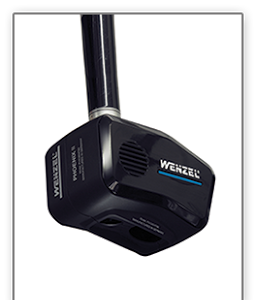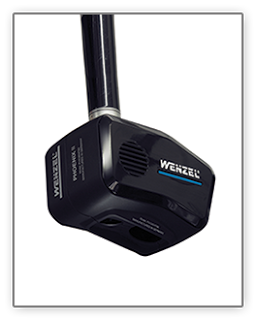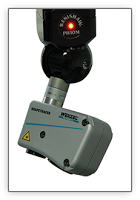
Wenzel America’s exaCT CT System vs. Phoenix vs. Shapetracer
This article is part of our ongoing educational series about the results and applications you can expect from different measurement and inspection systems. In this second comparative piece (we compared REVO and CORE last month) we look at three of our non-contact 3D scanners, side-by-side, so you can see the relative strengths and weaknesses related to your specific inspection requirements and the exact application.
How do computed tomography (CT), white light scanning & laser scanning compare?
Being most familiar with our own systems we’ll be comparing the following machines:
- Wenzel’s exaCT M – A high-powered Industrial CT scanning machine
- Wenzel XOplus CMM with our Phoenix White-light sensor
- Wenzel XOplus CMM with our Shapetracer Laser line scanner
(Note: You should find all of this basic information applicable and helpful when comparing any metrology equipment using the leading non-contact technologies – laser line scanning, CT and white-light scanning, regardless of brand.)
All 3 systems can measure and reverse engineer parts – so how do you choose?
Our first tip would be to read the article (if you haven’t already) explaining these three scanning technologies and point cloud collection in simple terms — then come back to this article well on your way to understanding which system might be right for you.
You can also the print the Technology Scorecard from the 7-Systems Analysis white paper, where you’ll see a numerical score of relative strengths and weaknesses by application and machine, all on a single page.
The Contenders – exaCT vs. Phoenix vs. Shapetracer
exaCT: Computed Tomography
We’ll begin with a brief video of what is arguably the biggest game changer in modern metrology – CT scanning. In this video, Giles Gaskell gives a brief overview and you see the machine in action.
5 Advantages of CT Scanning with our exaCT series of CT machines
1. Only way to measure and reverse engineer ALL
internal and external features.
2. Nothing beats CT for small and intricate parts
3. Gives you the “Part DNA” — ALL features, ALL
data from completed, working part
4. Differentiates between components of different
densities in an assembly
5. Excellent accuracy for a scanner
5 Reasons the exaCT system may not be the best choice for you
1. Relatively high price
2. Only works for relatively small parts
3. X-Ray exposure, though low and completely safe,
must be monitored.
4. Not always the fastest method
5. Very large data files (which could be good & bad.)
Phoenix: Structured White-light Scanner
6 advantages of the Phoenix sensor

1. The ONLY white-light scanner to be CMM- mounted on a Renishaw PH10M
2. Collects point clouds and measures geometric features
3. Not too sensitive to surface conditions or color
4. Excellent data on metallic parts – sheet metal, turbine blades and heat shields
5. Perfect for plastic parts in the medical or
aerospace industry where a touch probe is
needed for accuracy & scanner is needed
for point clouds — Phoenix does both on
1 machine, with same standard change racks.
6. Very ordered data.
2 reasons the Phoenix might not be best for you
1. Machine must be stationary to collect data (not continuous.)
2. Relatively small field of view (but is adjustable.)
Shapetracer: Laser Line Scanner
Finally, an inside look at Wenzel’s unique innovations on Laser Line 3D scanning technology – Shapetracer – video with Applications Engineer, Jonah DeLongchamp from the Metrology Matters Live event.
5 Reasons the Shapetracer laser scanner is your best choice

1. Can be used as an inspection device – gives color
or heat maps against CAD
2. Can be used as Reverse Engineering tool to collect unknown surface data
3. Continuous high volume, collection of points
4. Mountable on Renishaw PH10M and stored in
ACR3 tool changer
5. Excellent value for a Laser scanner
2 potential disadvantages of the Shapetracer Laser scanner
1. Laser scanners are more sensitive to surface
finish and color – Parts may need to be sprayed
2. Large data files (this could be good or bad.)
CT, Laser, or White Light? Which scanning technology is the winner?
…You decide:
- For small detailed parts, multi-material assemblies and measuring inside parts our exaCT systems are the only game in town.
- For excellent quality data from metallic parts in sheet metal, medical, aero engine and turbine parts the answer is the Phoenix white light scanner.
- For CAD-compare, reverse engineering and the absolute best Laser Line Scanner on the market your answer is the Shapetracer laser scanner.
More information on each of these 3D Scanning Systems?
Since the Metrology Matters Live open house we’ve released a 7-Systems Analysis Whitepaper, a comparative metrology Technology Scorecard and a 7-part video series looking inside each metrology inspection system. If you’ve not gotten your copy or seen the other videos in this series, please visit www.wenzelamerica.com/mmlive
